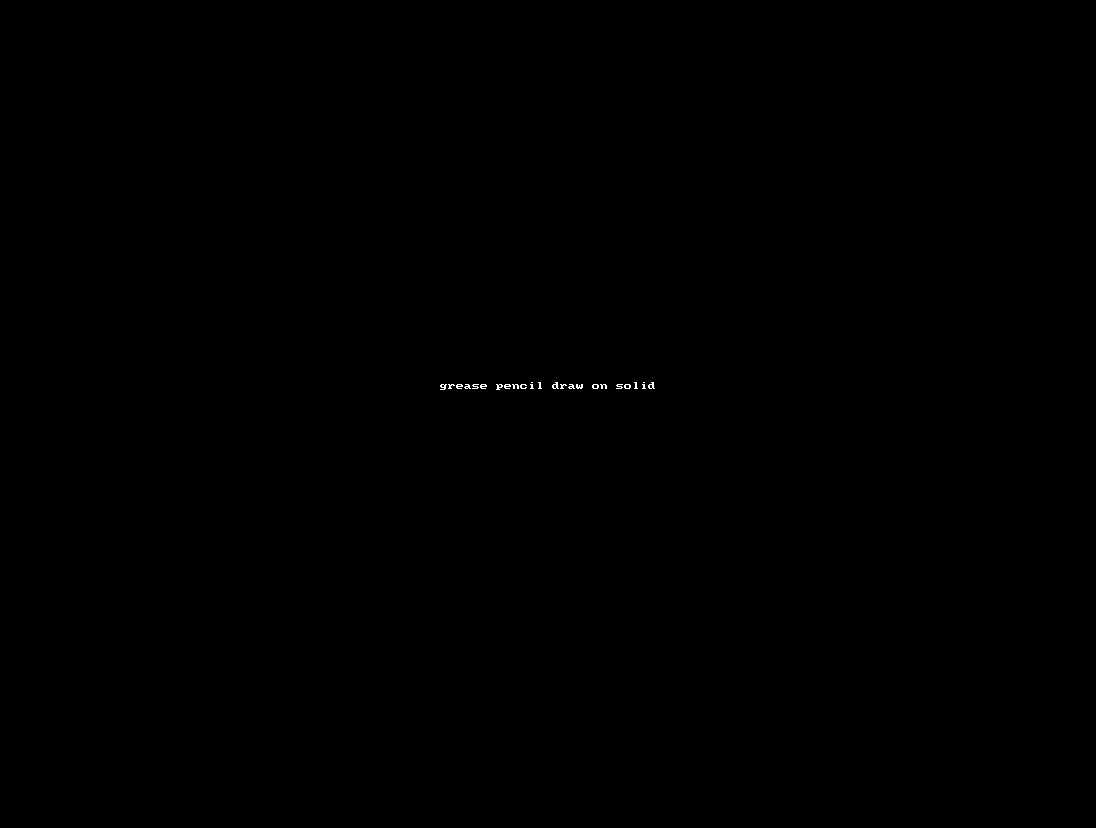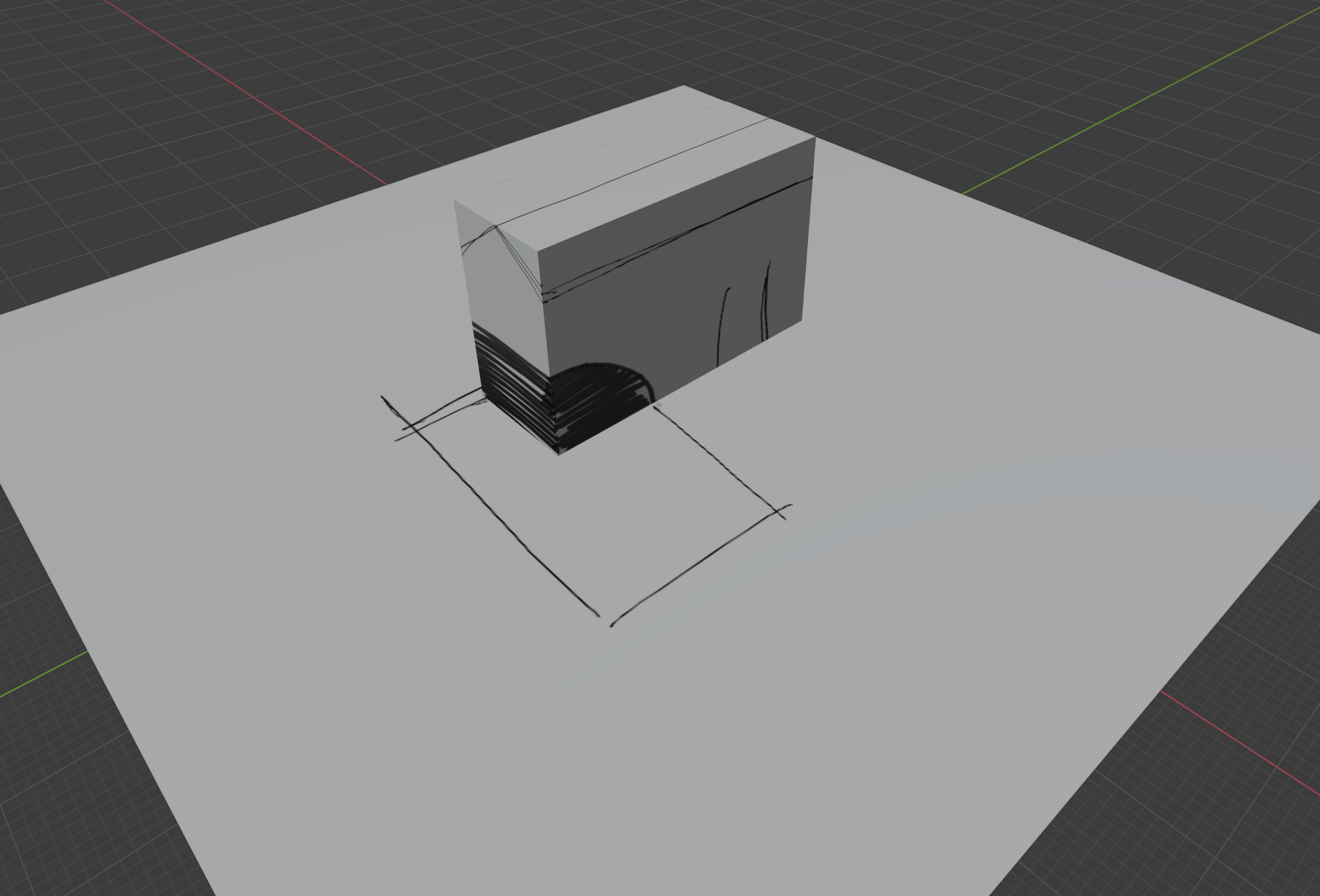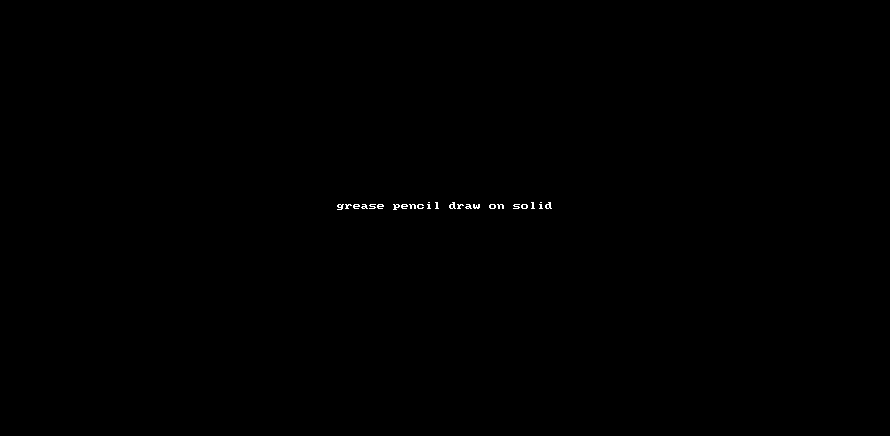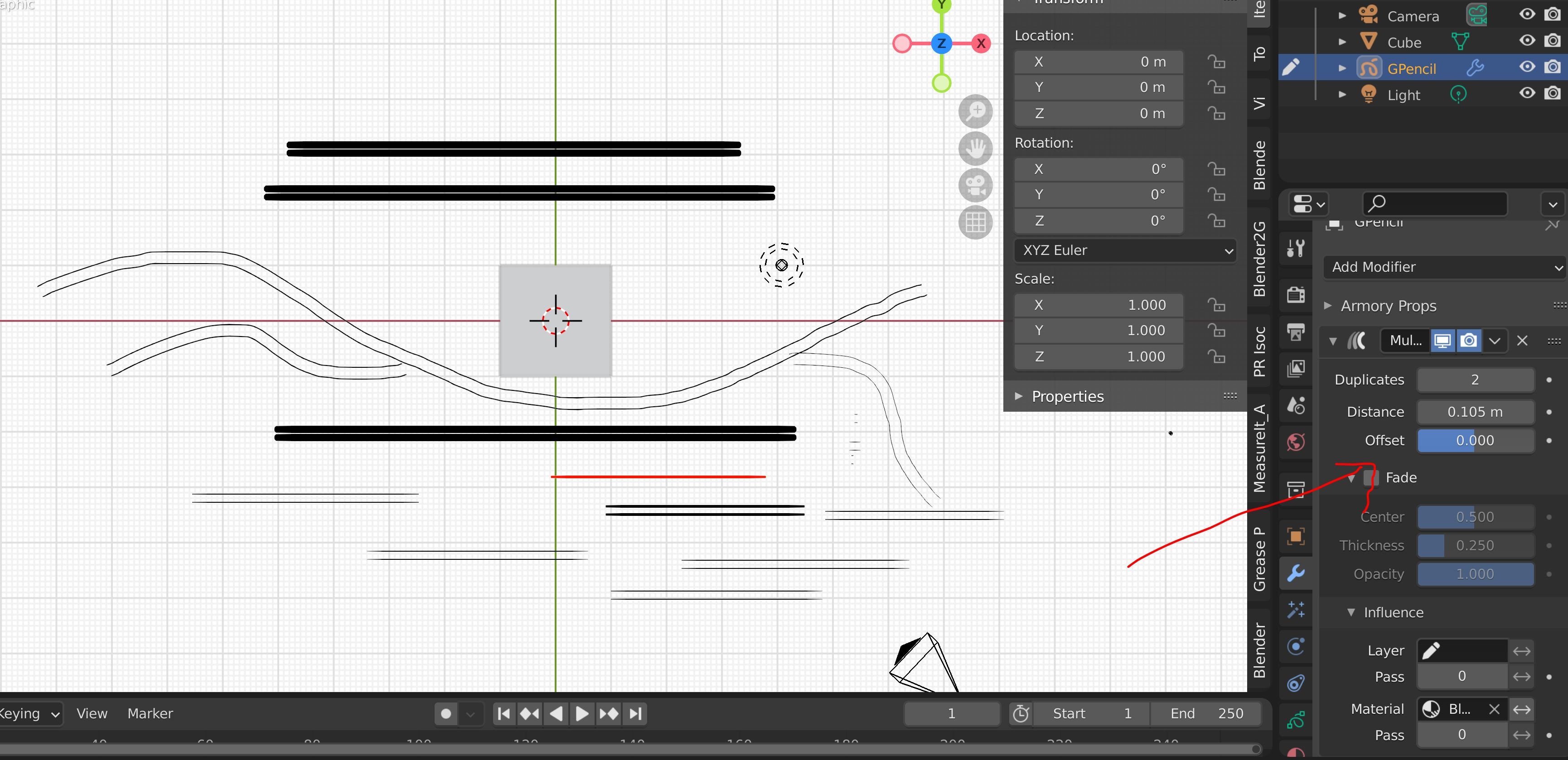A couple thoughts: I absolutely agree with the spatial approach. It matches a common paradigm of how a lot of architects think. Not all architects, but certainly a lot. This approach and "BIM" is not mutually exclusive. Certainly the existing toolkit of proprietary BIM doesn't follow this approach, but in both the BlenderBIM Add-on and FreeCAD there are no restrictions, so it is good to reimagine our BIM workflows :) Very excited to see how this emerges into workflows that proceed from abstract to concrete, from macro to micro scales, etc.
A thought about greasepencil. I have a few reservations in its use in CAD documentation. Greasepencil is powerful, but I see it as an extension, not a foundation to build upon. The foundation needs to be something agnostic of Blender's Greasepencil, as architects do not work alone, and even use multiple programs. Documentation is an important legal contract where the data needs to be semantic and persistent, and documentation usually combines many 3D models and 2D overlays across many disciplines, especially on large projects. From a purely technical perspective, piping all of this through greasepencil is not very promising. So as long as there is a foundation in place (which quite a number of us are investigating), I would love to incorporate greasepencil as an extension. What this future looks like, I don't know :) Lots of work to do still!




